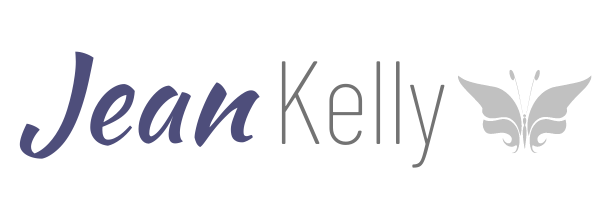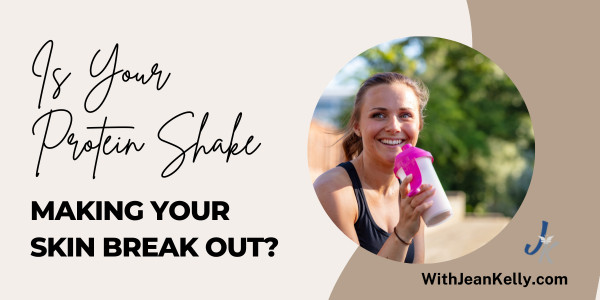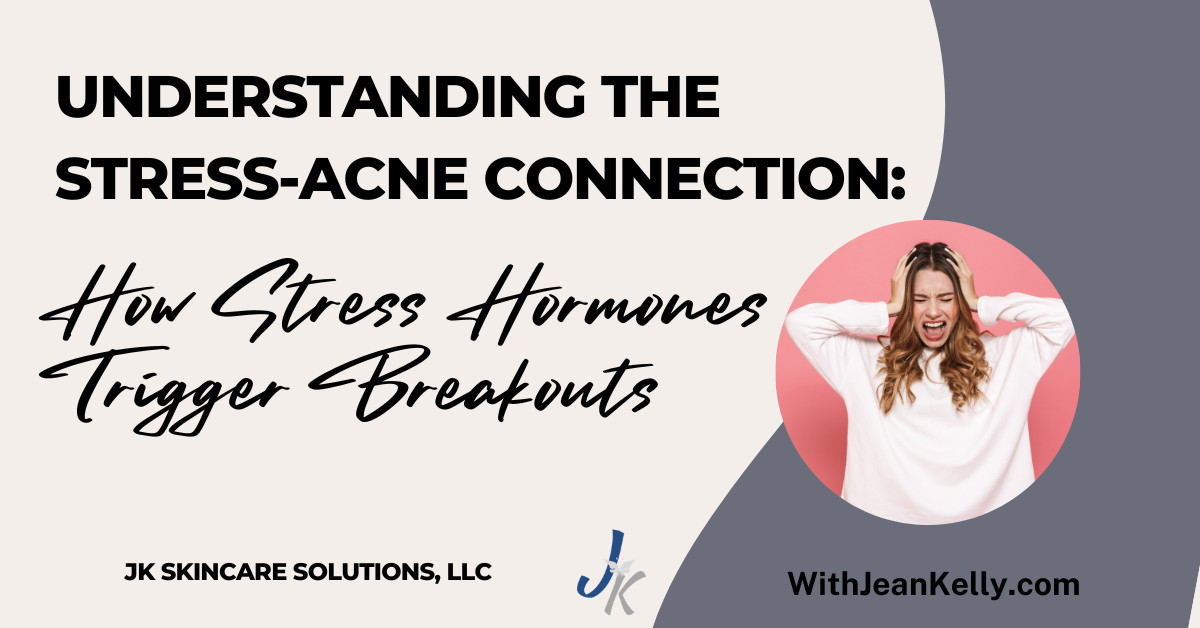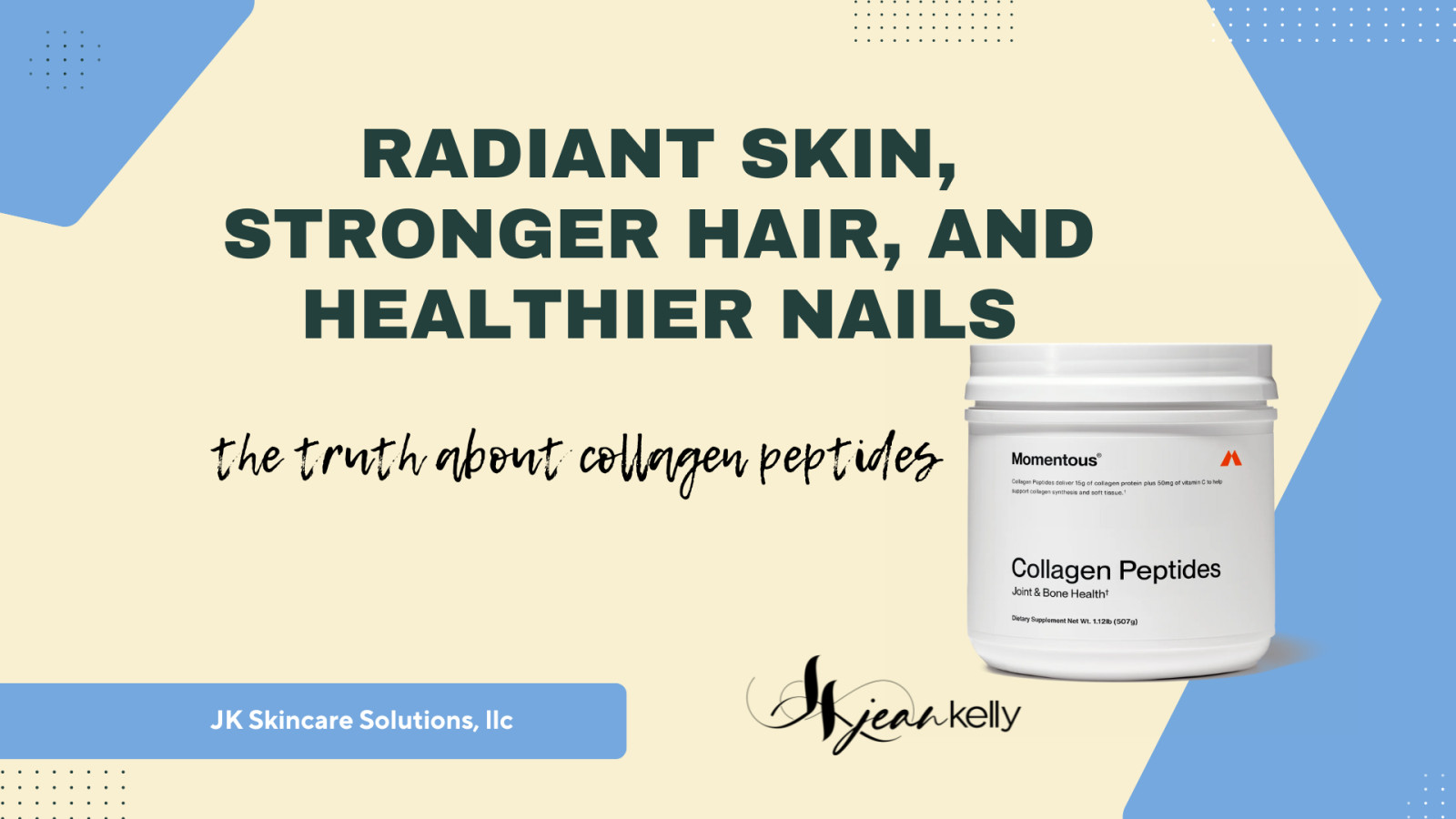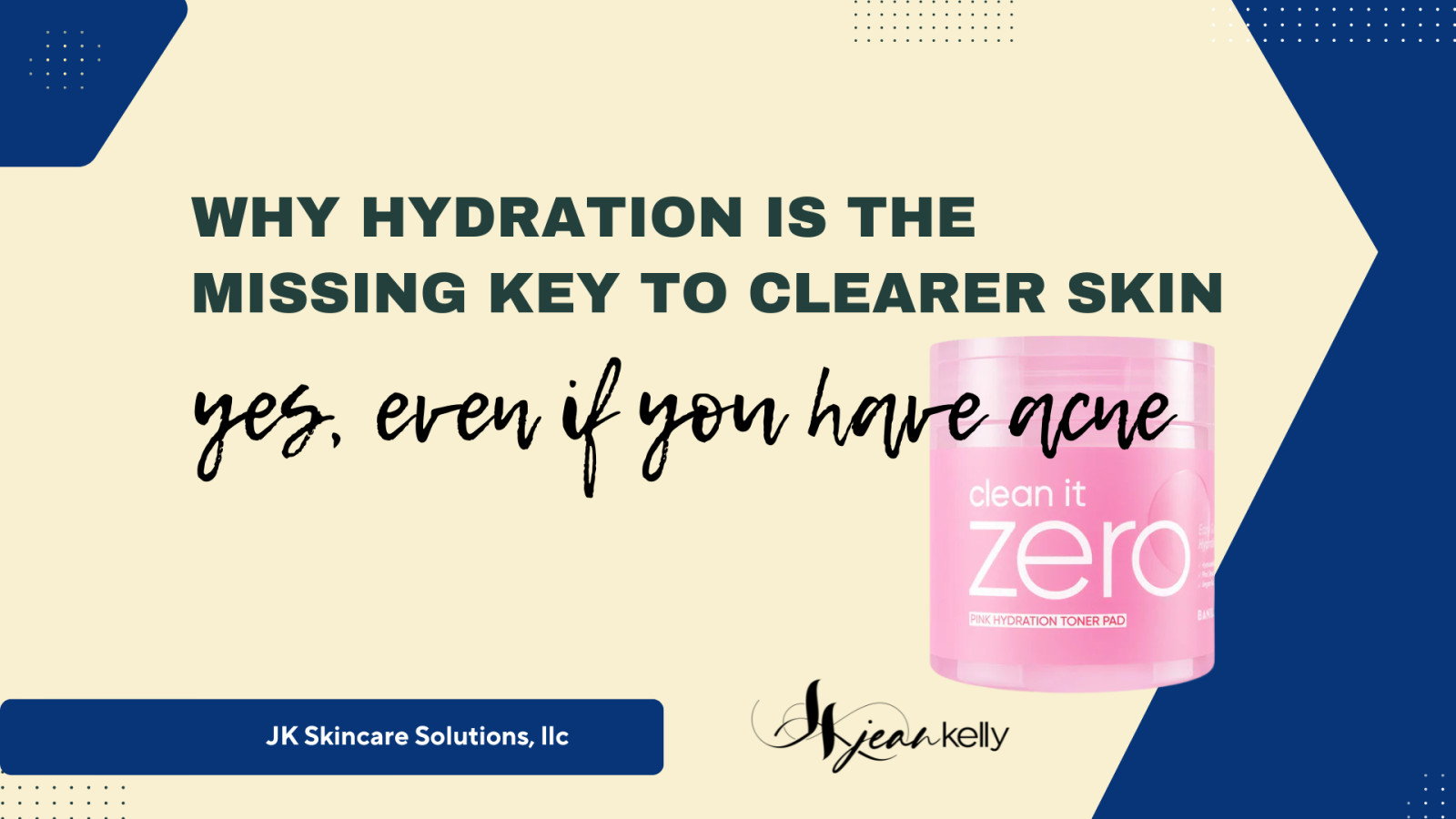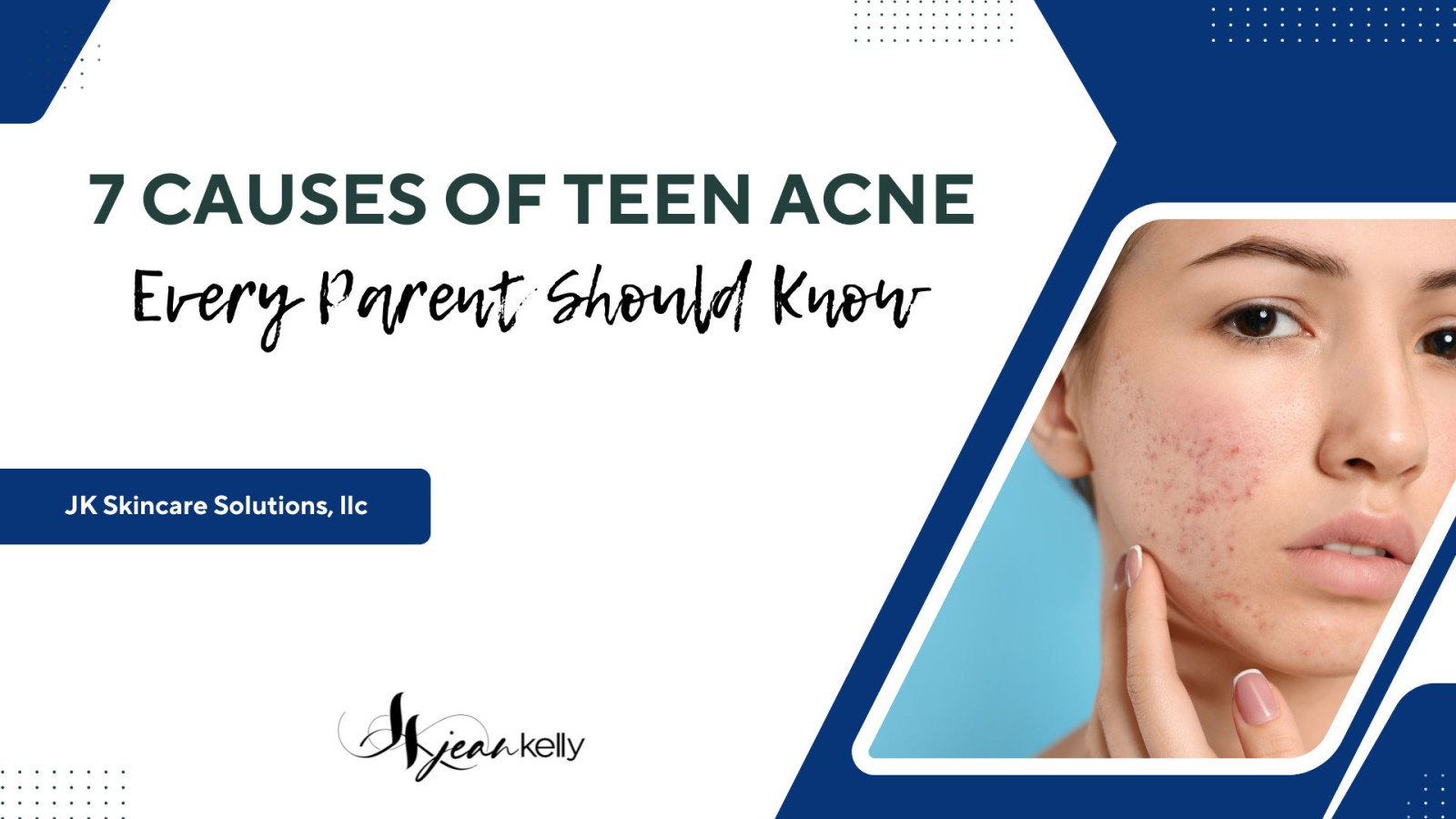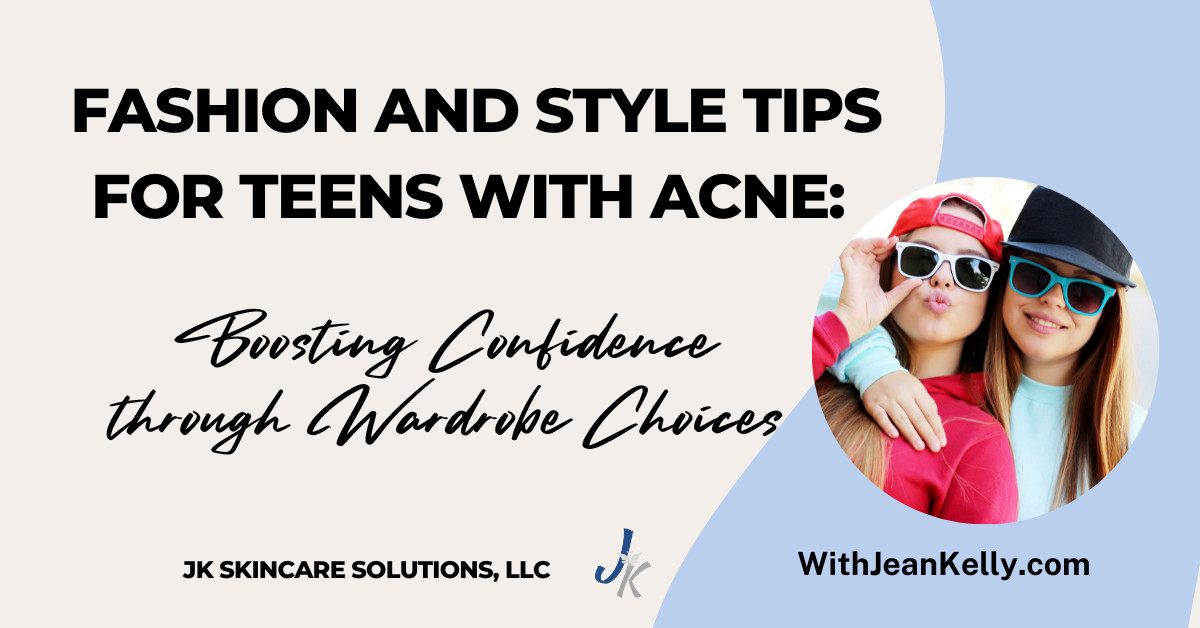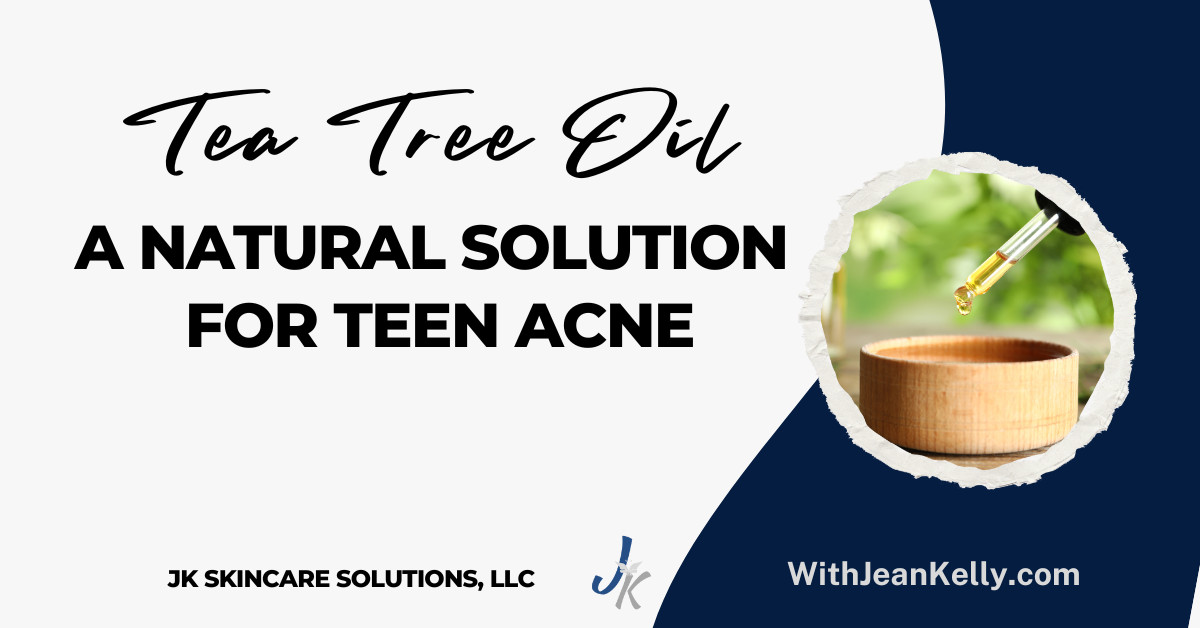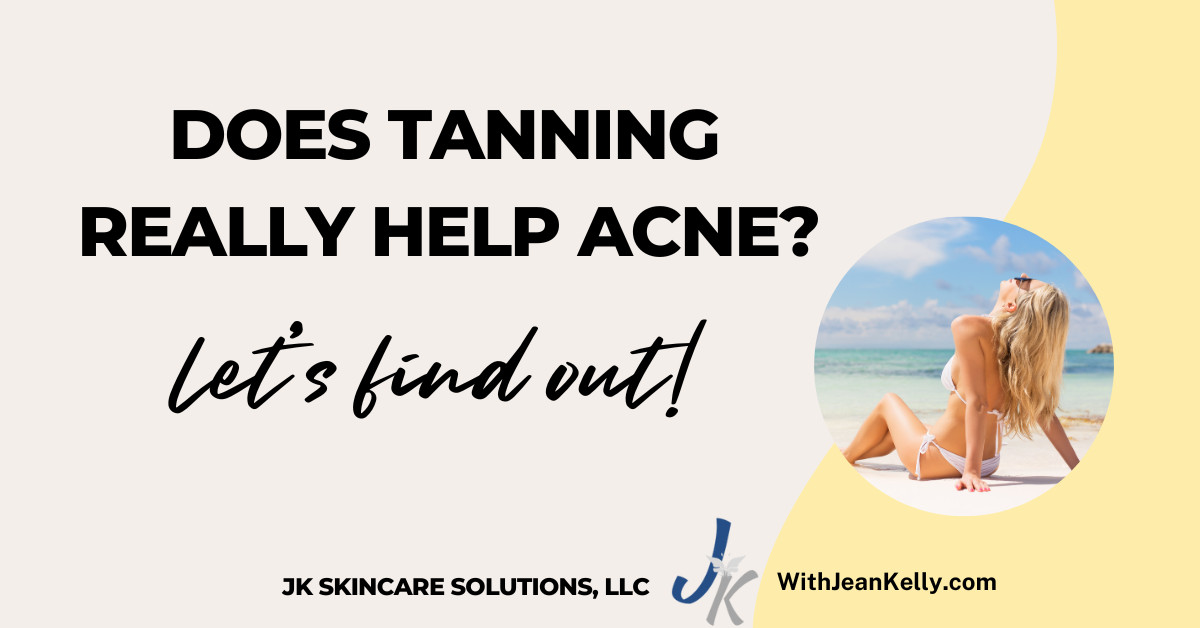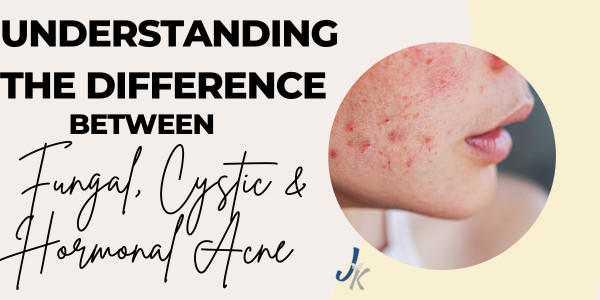
Ah yes, acne, the common skin condition that teens and parents alike can't seem to escape. But did you know that not all acne is the same? No, it's not just a matter of a simple whitehead or blackhead. There are three types, in particular, that tend to cause the most confusion: fungal, cystic, and hormonal acne.
Don't worry, parents, I've got you covered. In this blog post, I'll dive deep into these three types of acne and break down the key differences. So sit back, relax, and prepare to learn how to tell the difference. You may be interested in a free guide "6 Common Causes of Hormonal Acne" you can find that HERE
Fungal
Let's start with fungal acne. Contrary to what you may think, it's not caused by poor hygiene or bacteria. It's actually caused by (you guessed it) yeast. Fungal acne is typically found on the forehead, chest, and back and often appears as tiny, colorless bumps that can be itchy. Unlike other types of acne, it's typically not inflamed. The main trigger for fungal acne is heat and humidity, so it's important to stay cool and dry to prevent it. This sometimes occurs if your child is in sports or wears a helmet a lot. The good news is that it's treatable with anti-fungal medication, so if you suspect your teen has fungal acne, start with a anti-dandruff shampoo like Nizoral.
Cystic
Next up, we have cystic acne. This type of acne is different from regular pimples because it forms deeper in the skin. It's typically characterized by large, painful, and inflamed bumps that don't come to a head. Cystic acne is caused by an overproduction of oil and bacteria in the skin. Hormones can also play a role in triggering cystic acne. It's important to note that picking or popping cystic acne can spread the bacteria causing more pimples and also can lead to scarring, so it's best to not pick at them. A Skincare routine for cystic acne typically involves a benzoyl peroxide or a Clay with sulfur that can clean out deep into the pores.
Hormonal
Lastly, we have hormonal acne. As you may have guessed, this type of acne is caused by a hormonal imbalance. It's typically seen in teen girls and women and often appears around the chin and jawline. Hormonal acne is characterized by deep, painful, and inflamed cysts that often appear in clusters. It tends to flare up around the time of the menstrual cycle. A holistic approach to getting your cycle in balance can be by seed cycling. I have a free guide "6 Common Causes of Hormonal Acne" you can find it HERE if you're interested.
And there you have it, parents, a crash course in fungal, cystic, and hormonal acne. Armed with this knowledge, you'll be able to better identify the type of acne your teen may be experiencing and seek out the appropriate treatment. Remember, if you suspect your teen has acne, it's important to seek advice from an acne specialist ensure the best course of action. In the meantime, stay cool, dry, and acne-free!
Have a fabulous day!
Jean Kelly
Acne Specialist
